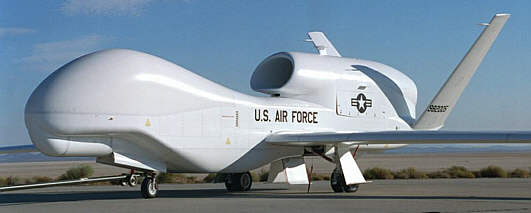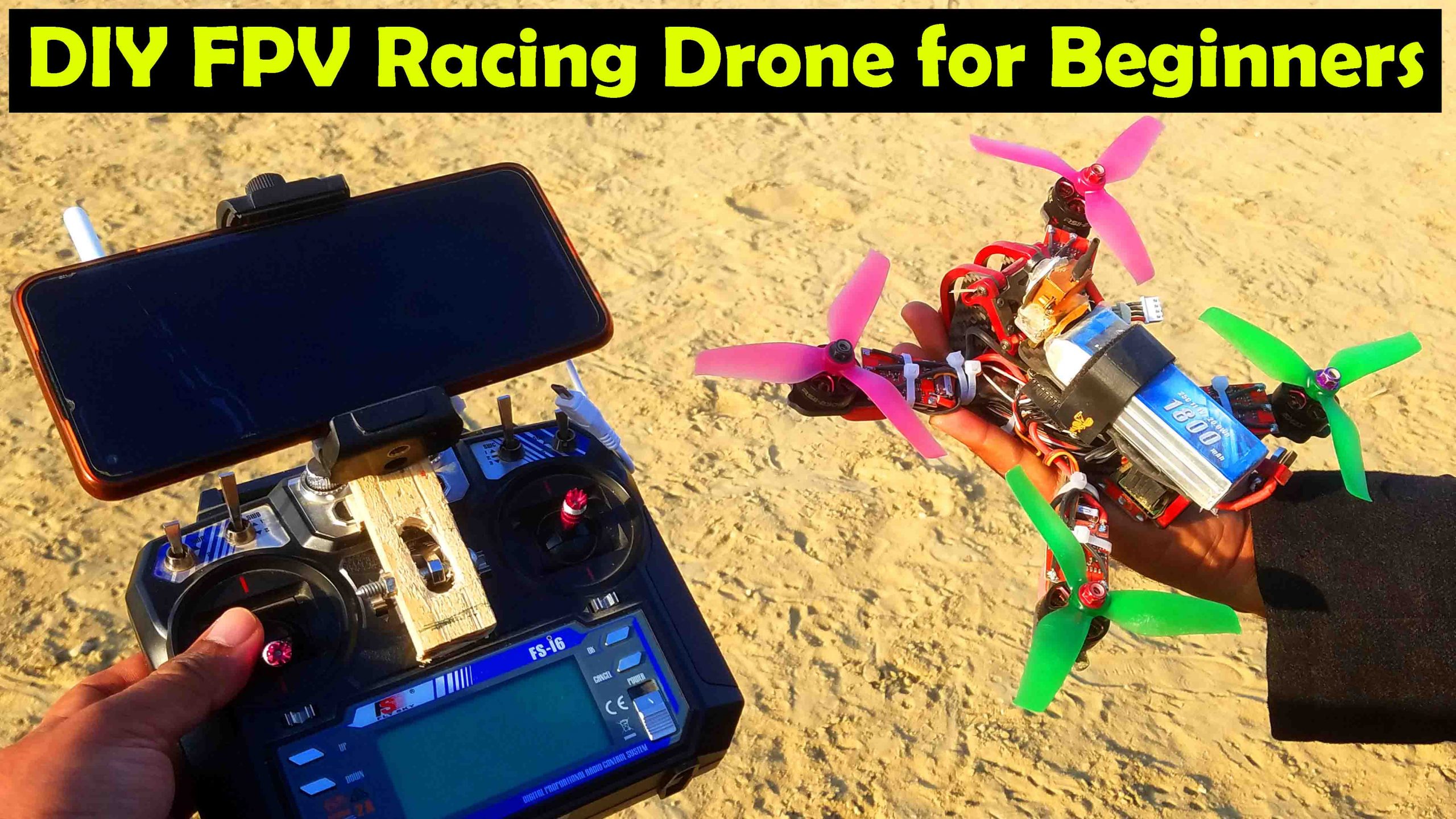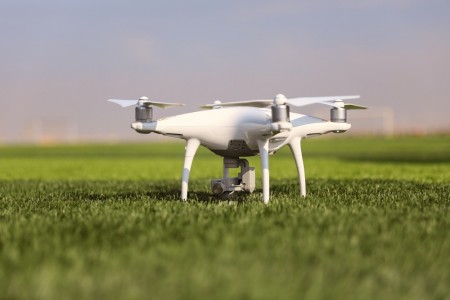
If you need to collect samples of water for research, a drone is one of the fastest ways to collect water. Compared to boats, drones can collect samples much faster. One disadvantage is that drones can't collect samples as fast as boats. Drones, unlike boats, can get damaged if they are dropped into the water. This is why you need to be careful when using your water drone. But, you can dry your drone quickly if it lands in the water. Continue reading to find out more about drone water sampling and its limitations.
Drones are able to collect water samples much faster than boats
In a recent study, Drones collected water samples from a reservoir at the Dillon Reservoir, a mountain reservoir in the Front Range of the Rocky Mountains. The reservoir supplies water for the Denver metropolitan region. It is located near the towns of Silverthorne (Dillon), and Frisco (Frisco). In this study, the drone collected water samples from depths of four, eighteen, and forty meters.
Despite the potential risks associated with boat-based sampling, drone-based sampling can yield samples of similar quality. Drones can be used in remote areas and are safer and less expensive. You can customize drones to sample different types of aquatic environments. A drone platform can measure lake water at a distance of 0.22 m. Drones are also much more accurate and reduce human error.

Waterfall can cause injury
Water damage is a concern if you have a drone. It can happen for many reasons. But it is crucial to minimize the damage. Depending on whether your drone will be flying over saltwater or freshwater, there are different approaches that you should use. Here are some tips for minimizing the damage. Before you repair or modify your drone after it has landed, ensure that it is completely dry. You may not notice damage from drones falling into water.
Before you try to clean the water off of your drone, turn off the power. Salty water can cause electronics to be shorted. Afterward, you can try rinsing it with distilled water, which is free of all the electrically-conducting minerals. This will prevent further damage, and also prevent the drone putting another conducting impurity over the wet parts. It will also stop the drone from cutting out.
How to dry your drone after it has landed in water
The first step in drying a drone after it has been submerged in water is to rinse it off with fresh water. After that, you can dry it with heat or air. It should be completely dry before you try to fly it again. However, you should be very cautious of using any heat or air, as these may cause further damage to the drone. After drying the drone completely, you can start it up again by charging it.

It is possible to dry a drone that has been dropped into water using isopropyl Alcohol. The alcohol will be able to remove any water remaining on the drone's board or components. The alcohol will also work as a conformal solvent, which allows you to dry the drone without moving it. Although this process can take up to five working days, it will dry the drone just as quickly as when it fell into water.
FAQ
Does the FAA regulate drones
The FAA oversees all aspects regarding drone operations, including safety standards and certification requirements.
Is it safe to fly a drone while driving?
Drone flying while driving can be dangerous as you may collide with another vehicle or object. Also, you could hit pedestrians or animals. Your car could be damaged if it hits power lines or trees.
What US states do drones are legal in?
Legally, you can operate a drone to perform hobby tasks. The Federal Aviation Administration (FAA), has established guidelines that allow the use of small unmanned aircraft systems (UASs). These UASs must first be registered with FAA to be allowed to be flown. The FAA also allows commercial operators to fly these devices if certain conditions are met.
What type of batteries can a drone use to charge its batteries?
Drones are powered by lithium-ion battery. A typical drone consumes between 3 and 6.
What is the main difference between a quadcopter or a helicopter?
A quadcopter can be described as a quadrotor helicopter with four rotors. It flies the same way as a traditional helicopter. It is equipped with four rotors, each of which can rotate independently. The hexacopter can be described as a quadcopter but has six rotors, instead of the usual four. Hexacopters have more stability and maneuverability than quadcopters.
Can I fly my drone indoors
You can fly your drone indoors. It is important to make sure there are no hazards or obstacles in your home. For example, you should avoid flying near windows, doors, heating vents, air conditioning units, electrical outlets, water pipes, and fireplaces.
What are the rules and regulations for drones operation?
The FAA will require you to register your drone. This registration involves information such as the weight, size, battery capability, and operating frequency. You will also need to get an FAA identification number.
Statistics
- With the top 10% making over $100/h and the bottom 10% making as low as $10/h. (dronesgator.com)
- According to the multiple listing service (MLS), houses and apartments with drone photographs are up to 68 percent more likely to sell than those without pictures. (thedroneu.com)
- According to ZipRecruiter, the minimum hourly wage of drone pilots is $20. (thedroneu.com)
External Links
How To
How to Fly Drones at a Beginning Level
A drone is a remotely-controlled aircraft that is used for aerial photography and surveillance. Drones are a technology that has been around since World War II. DJI introduced their Phantom series of quadcopters in 2010, but commercial use only began in 2010. There have been many types of drones since then, including beginner-friendly drones like the Parrot AR Drone 2.0 and professional-grade multi-rotor crafts like the DJI Mavic Pro.
There are many methods to fly a Drone, including
-
Remote control – This technique uses a control device attached directly to your hands that allows you steer the drone around its flight path. There are two main types for controllers: Joysticks or On/Off switches, which can be used to control the drone's flight path.
-
Manual Control - This method uses a smartphone app to remotely control the drone using GPS coordinates. The app will give you instructions.
-
Autonomous Flight - This method involves leaving the piloting duties to the drone itself. It's basically flying autonomously without any human intervention. It must have a builtin camera, sensors capable of taking images and data to enable autonomous flight.
-
Triggered Flying - This method works in the same way as manual control. However, the pilot has to manually set up a route for the drone and it follows that route until reaching the endpoint. Once the programmed route has been completed, the drone returns to the base automatically.
-
Landing Gear - Some drones come equipped with landing gear that allows them to land safely if they lose power or run out of battery during flight.
-
Goggles – Pilots often wear goggles while flying to keep themselves safe from any debris.
-
Camera - Certain drones come with cameras that allow you to take photos and videos from high above.
-
Obstacles-Some drones come with obstacle avoidance devices that keep them from hitting obstructions.
-
Speed - Some drones reach speeds exceeding 40 mph.
-
Battery Life: Most drones have a battery life of between 20 and 30 minutes depending on how many power sources you use.
-
Distance - Some drones can travel up 30 miles depending on the model.
-
Power source – Some drones require external power sources, others require internal batteries.
-
Weight - Some drones have a weight of less than 1 pound and others weigh 4 lbs.
-
Size - Drones range from small devices that fit in one's palm to large crafts that weigh more than 50 pounds.
-
Price - High-end drones can go for thousands of dollars, while low-cost models start at $100.